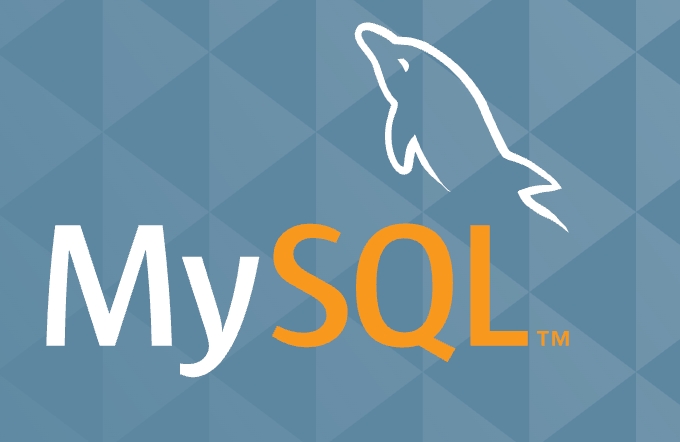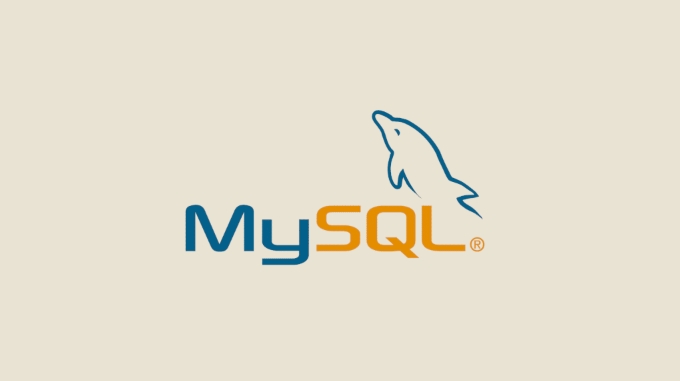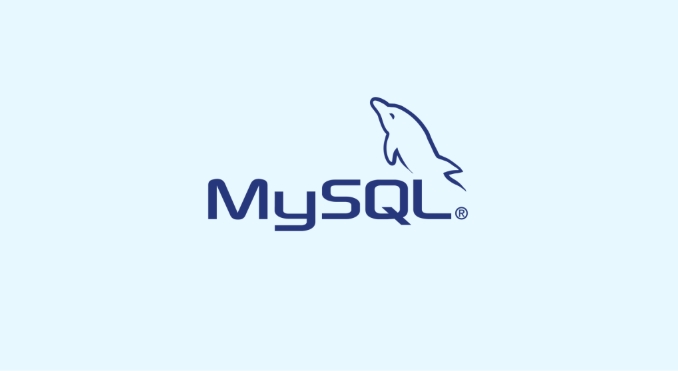MySQL WorkBench在哪里保存连接信息
MySQL Workbench将连接信息存储在系统的配置文件中,具体路径因操作系统而异:1. Windows系统中位于%APPDATA%\MySQL\Workbench\connections.xml;2. macOS系统中位于~/Library/Application Support/MySQL/Workbench/connections.xml;3. Linux系统中通常位于~/.mysql/workbench/connections.xml或~/.local/share/data/MySQL/Workbench/connections.xml。该文件包含连接名称、类型、主机、端口和用户名等信息,但密码以加密形式单独存储。可手动编辑此文件,但需避免语法错误,复制该文件可用于备份或迁移连接设置,但应注意保护敏感信息。

MySQL Workbench stores connection information in a configuration file on your system. The exact location varies depending on your operating system.

On Windows
The connection details are saved in an XML file located at:

%APPDATA%\MySQL\Workbench\connections.xml
You can access this by pasting the path into File Explorer, or navigating to it manually. This file contains all your saved connections, including hostnames, ports, usernames, and other settings (but not passwords – those are stored separately and encrypted).
On macOS
MySQL Workbench saves the connections file here:

~/Library/Application Support/MySQL/Workbench/connections.xml
If you're not seeing the Library folder, you can open Finder, hold down Option (Alt) and click "Go" in the menu bar – then select "Library".
On Linux
The connections file is usually found in:
~/.mysql/workbench/connections.xml
Or sometimes under:
~/.local/share/data/MySQL/Workbench/connections.xml
It depends slightly on how MySQL Workbench was installed and which distribution you're using.
What's in the connections.xml file?
This file contains entries like:
<connection>
<name>My Local DB</name>
<type>MYSQL</type>
<host>127.0.0.1</host>
<port>3306</port>
<user>root</user>
...
</connection>You can edit this file with a text editor if needed, but be careful – any syntax errors could cause MySQL Workbench to reset or ignore it.
If you want to back up or transfer your connections between computers, just copy this file.
A few notes
- Passwords are not stored in plain text in
connections.xml. They’re either encrypted and/or stored in the system’s secure keychain (like macOS Keychain or GNOME Keyring). - If you're moving to a new machine or reinstalling, copying the
connections.xmlfile back into the right directory will restore your saved connections. - Be cautious about sharing this file — even without passwords, it might contain sensitive server addresses or usernames.
基本上就这些。
以上是MySQL WorkBench在哪里保存连接信息的详细内容。更多信息请关注PHP中文网其他相关文章!

热AI工具

Undress AI Tool
免费脱衣服图片

Undresser.AI Undress
人工智能驱动的应用程序,用于创建逼真的裸体照片

AI Clothes Remover
用于从照片中去除衣服的在线人工智能工具。

Clothoff.io
AI脱衣机

Video Face Swap
使用我们完全免费的人工智能换脸工具轻松在任何视频中换脸!

热门文章

热工具

记事本++7.3.1
好用且免费的代码编辑器

SublimeText3汉化版
中文版,非常好用

禅工作室 13.0.1
功能强大的PHP集成开发环境

Dreamweaver CS6
视觉化网页开发工具

SublimeText3 Mac版
神级代码编辑软件(SublimeText3)
 建立与MySQL Server的安全远程连接
Jul 04, 2025 am 01:44 AM
建立与MySQL Server的安全远程连接
Jul 04, 2025 am 01:44 AM
TosecurelyConnectToaremoteMysqlServer,Usesshtunneling,configuremysqlforremoteaccess,setFireWallrules,andConsidersSlencryption 。首先,stardansshtunnelwithssh-l3307:localhost:3306user@remote-Server-server-nandConnectViamySql-h127.0.0.0.0.1-p3307.second,editmys
 MySQL中的交易隔离级别是多少?默认值是哪个?
Jun 23, 2025 pm 03:05 PM
MySQL中的交易隔离级别是多少?默认值是哪个?
Jun 23, 2025 pm 03:05 PM
MySQL的默认事务隔离级别是可重复读(RepeatableRead),它通过MVCC和间隙锁防止脏读和不可重复读,并在大多数情况下避免幻读;其他主要级别包括读未提交(ReadUncommitted),允许脏读但性能最快,1.读已提交(ReadCommitted)确保读取已提交数据但可能遇到不可重复读和幻读,2.可重复读(RepeatableRead)默认级别,保证事务内多次读取结果一致,3.串行化(Serializable)最高级别,通过锁阻止其他事务修改数据,确保数据完整性但牺牲性能;可通过
 如何将MySQL bin目录添加到系统路径
Jul 01, 2025 am 01:39 AM
如何将MySQL bin目录添加到系统路径
Jul 01, 2025 am 01:39 AM
要将MySQL的bin目录添加到系统PATH,需根据不同操作系统进行配置。1.Windows系统:找到MySQL安装目录下的bin文件夹(默认路径通常为C:\ProgramFiles\MySQL\MySQLServerX.X\bin),右键“此电脑”→“属性”→“高级系统设置”→“环境变量”,在“系统变量”中选中Path并编辑,新增MySQLbin路径,保存后重启命令提示符并输入mysql--version验证;2.macOS和Linux系统:Bash用户编辑~/.bashrc或~/.bash_
 MySQL WorkBench在哪里保存连接信息
Jun 26, 2025 am 05:23 AM
MySQL WorkBench在哪里保存连接信息
Jun 26, 2025 am 05:23 AM
MySQLWorkbench将连接信息存储在系统的配置文件中,具体路径因操作系统而异:1.Windows系统中位于%APPDATA%\MySQL\Workbench\connections.xml;2.macOS系统中位于~/Library/ApplicationSupport/MySQL/Workbench/connections.xml;3.Linux系统中通常位于~/.mysql/workbench/connections.xml或~/.local/share/data/MySQL/Wor
 分析MySQL缓慢查询日志以查找性能瓶颈
Jul 04, 2025 am 02:46 AM
分析MySQL缓慢查询日志以查找性能瓶颈
Jul 04, 2025 am 02:46 AM
开启MySQL慢查询日志并分析可定位性能问题。 1.编辑配置文件或动态设置slow_query_log和long_query_time;2.日志包含Query_time、Lock_time、Rows_examined等关键字段,辅助判断效率瓶颈;3.使用mysqldumpslow或pt-query-digest工具高效分析日志;4.优化建议包括添加索引、避免SELECT*、拆分复杂查询等。例如为user_id加索引能显着减少扫描行数,提升查询效率。
 使用mySQL中的mysqldump执行逻辑备份
Jul 06, 2025 am 02:55 AM
使用mySQL中的mysqldump执行逻辑备份
Jul 06, 2025 am 02:55 AM
mysqldump是用于执行MySQL数据库逻辑备份的常用工具,它生成包含CREATE和INSERT语句的SQL文件以重建数据库。1.它不备份原始文件,而是将数据库结构和内容转换为可移植的SQL命令;2.适用于小型数据库或选择性恢复,不适合TB级数据快速恢复;3.常用选项包括--single-transaction、--databases、--all-databases、--routines等;4.恢复时使用mysql命令导入,并可关闭外键检查以提升速度;5.建议定期测试备份、使用压缩、自动化调
 在MySQL列和查询中处理零值
Jul 05, 2025 am 02:46 AM
在MySQL列和查询中处理零值
Jul 05, 2025 am 02:46 AM
处理MySQL中的NULL值需注意:1.设计表时关键字段设为NOTNULL,可选字段允许NULL;2.查询判断必须用ISNULL或ISNOTNULL,不能用=或!=;3.可用IFNULL或COALESCE函数替换显示默认值;4.插入或更新时直接使用NULL值需谨慎,注意数据源和ORM框架处理方式。NULL表示未知值,不等于任何值,包括自身,因此查询、统计、连接表时要特别小心,避免漏数据或逻辑错误。合理使用函数和约束可以有效减少因NULL带来的干扰。
 重置MySQL Server的root密码
Jul 03, 2025 am 02:32 AM
重置MySQL Server的root密码
Jul 03, 2025 am 02:32 AM
要重置MySQL的root密码,请按以下步骤操作:1.停止MySQL服务器,使用sudosystemctlstopmysql或sudosystemctlstopmysqld;2.以--skip-grant-tables模式启动MySQL,执行sudomysqld--skip-grant-tables&;3.登录MySQL并根据版本执行相应的SQL命令修改密码,如FLUSHPRIVILEGES;ALTERUSER'root'@'localhost'IDENTIFIEDBY'your_new







